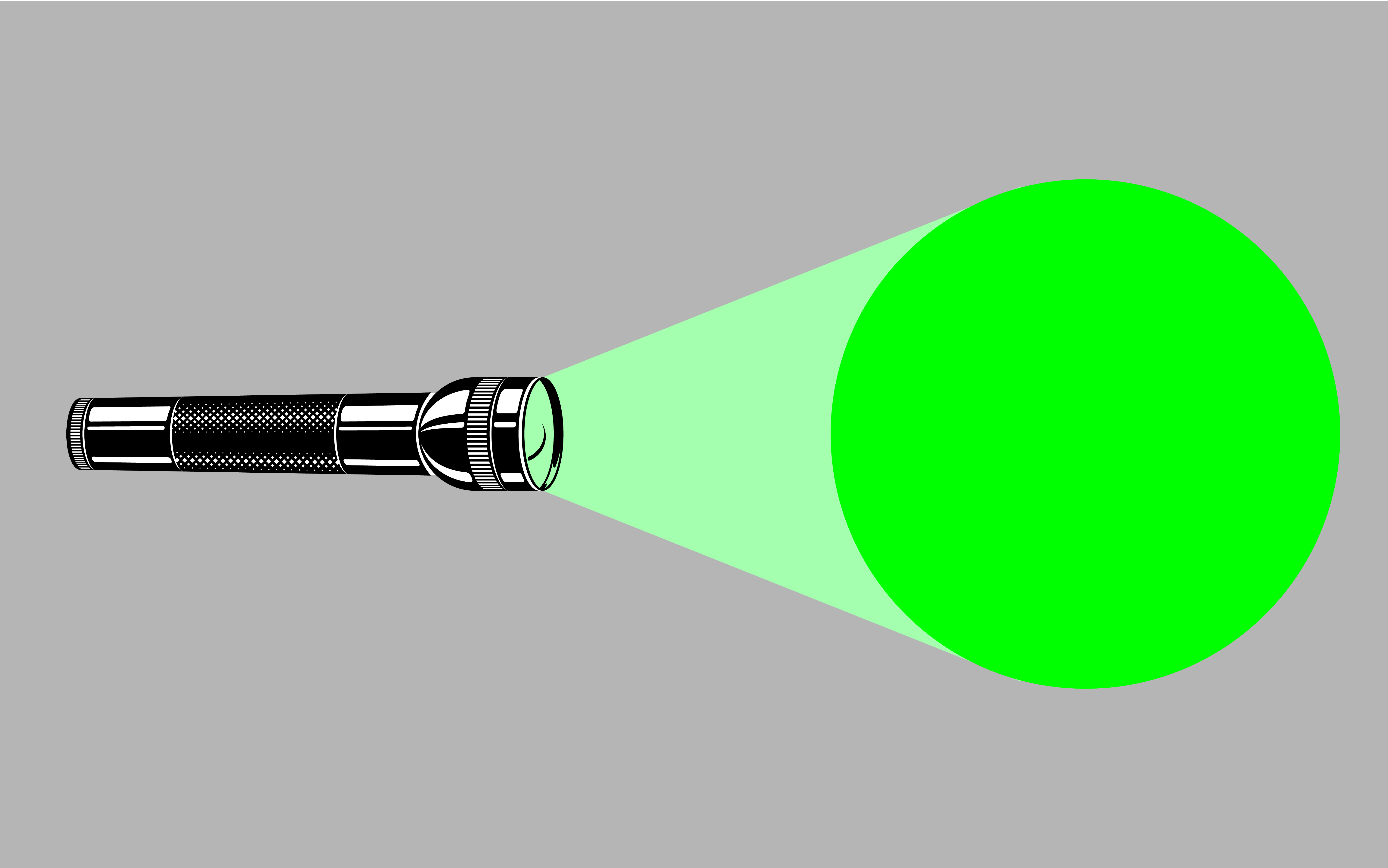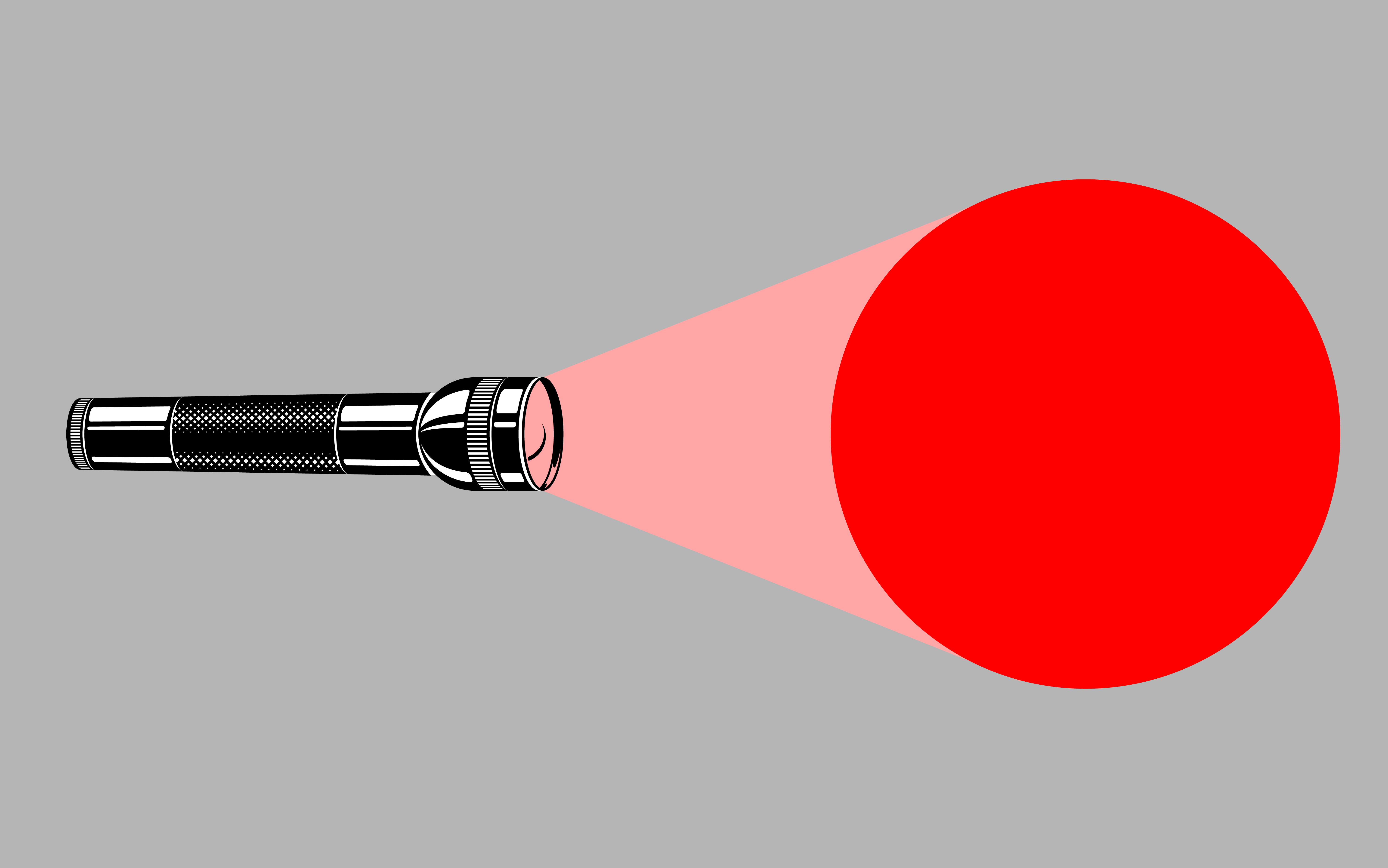Light Communications
Air Traffic Control (ATC) uses light signals to communicate with aircraft both in flight and on the ground. In flight, ATC uses flashing red lights to indicate a warning or prohibition, and a steady green light to signal clearance for takeoff or landing. On the ground, ATC uses red flashing lights to indicate stop and green flashing lights to indicate taxi and takeoff clearance. These signals are critical for ensuring safe and efficient air traffic operations, and pilots must be able to quickly interpret and respond to them. The table below contains the signals in force.
| Light signals | ||
|---|---|---|
|
On Ground |
Light Mode |
In Flight |
|
Authorised to Take Off |
Green Static |
Authorised to land |
|
Authorised to taxi |
Green flashing |
Return for landing |
|
Stop |
Red Static |
Give way to other aircraft |
|
Taxi clear |
Red Flashing |
Do not land |
|
Return to starting point on aerodrome |
White Flashing |
|




